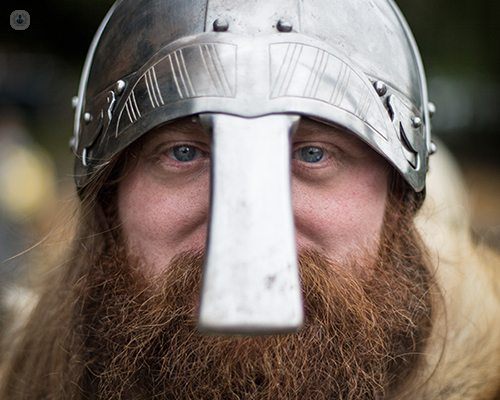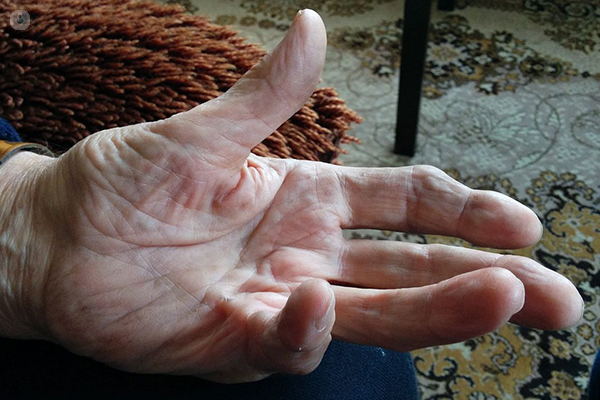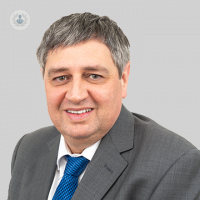Dupuytren’s contracture: the Viking disease explained
Autore:Dupuytren’s contracture is a condition affecting the hand and fingers, which can leave the patient unable to straighten their fingers. Experienced orthopaedic surgeon Mr Andrew Fitzgerald explains.

Dupuytren’s contracture, or palmar fibromatosis, is a condition of the hand, which results in the fingers becoming fixed in a bent position. The layer of tissue under the skin of the palm (the palmar fascia) develops small, hard nodules, which progressively thicken. Over time, this leads to cords or bands of thickened tissue extending into the fingers, which can cause them to bend inwards towards the palm. It becomes gradually more difficult to straighten them, with long-term patients often having fingers that are permanently bent.
While the condition tends not to be painful, this flexion contracture of the fingers can make day-to-day life difficult. Simple actions like putting your hands in your pockets, putting on gloves, washing your face, or shaking hands with somebody can become hard to do. There may be some discomfort when holding or gripping.
Dupuytren’s contracture usually affects one hand more severely than the other, but can affect both equally. It tends to affect the ring and little fingers, although it can affect any digit.
A similar condition known as plantar fibromatosis can occur in the sole of the foot, with nodules forming on the medial side of the arch.
What are the causes of Dupuytren’s contracture?
It is unknown exactly what causes Dupuytren’s contracture, but there are certain factors that increase the risk, such as being male, being over 50 years of age, and being of Northern European descent.
Why is Dupuytren’s contracture called Viking disease?
Dupuytren’s disease has been given the moniker “the Viking disease” due to its prevalence in the north of Europe and those of Northern European descent. According to tradition, the condition was common among the Vikings, who conquered and raided much of Northern Europe, spreading the disease among the populations they intermarried with.

Can Dupuytren’s contracture be cured?
Mild cases are generally monitored until the condition progresses to a point where intervention is needed.
This intervention may take the form of collagenase injections into the tissue affected by Dupuytren’s. This helps to break up the bands of thickened tissue, which can then be stretched, releasing the contracture.
There is also a procedure called needle fasciotomy, which uses a needle to cut and release the bands.
Finally, Dupuytren’s contracture surgery (Dupuytren’s fasciectomy) involves an incision in the hand to divide and remove the thickened tissue in the palms and fingers, allowing them to be straightened. This can be done under local or general anaesthetic, usually as a day case. Stitches will usually be taken out between 10-14 days afterwards, and it is recommended to see a hand therapist as soon as possible to help reduce swelling and work on regaining movement. The patient may have to wear a splint at night for 4-6 months after the surgery.
Visit Mr Fitzgerald’s Top Doctors profile to book an appointment.


